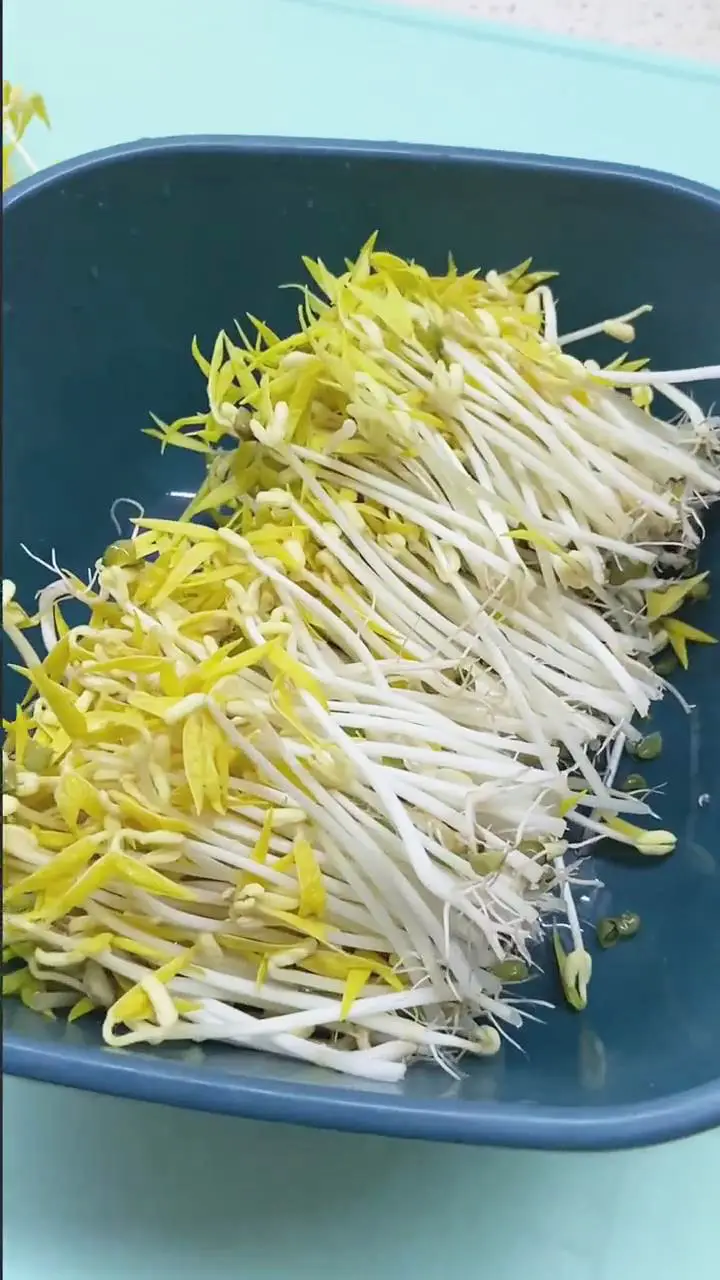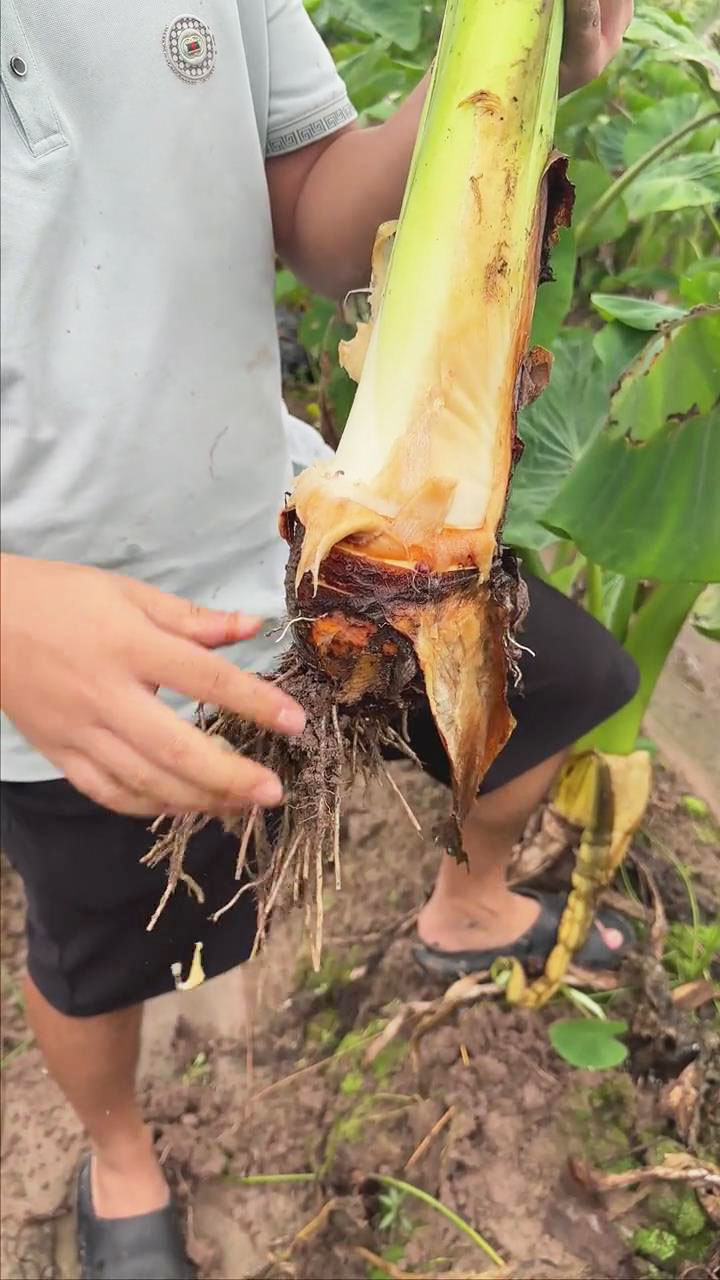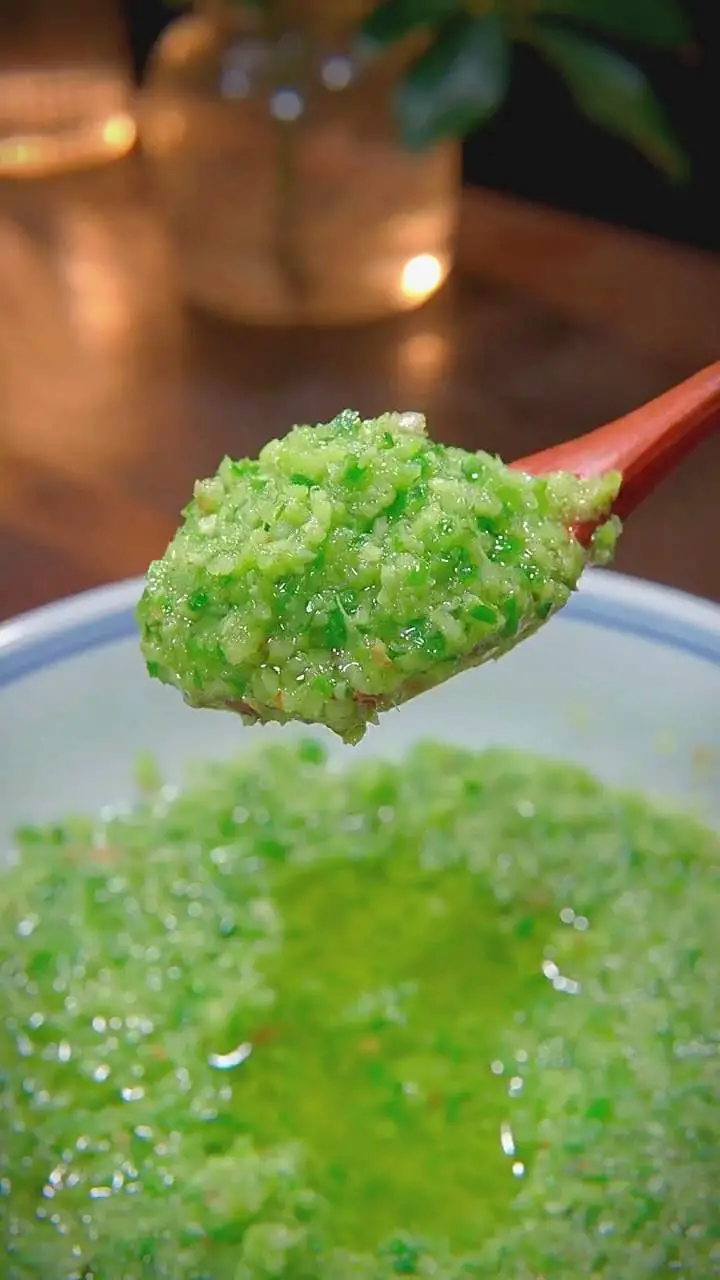Want to change your regular potatoes to a similar type of vegetable? Then, you must try these best alternatives to a regular potato: taro, sweet potato, yam, and yuca. These tuberous root vegetables are similar in many ways, from having a starchy texture to being highly nutritious.
However, they are not all entirely similar when it comes to taste and texture. You should know that there are a few key differences that set them apart. If you are unfamiliar with these tuberous plants, you might get confused when you buy one at the grocery store.
Luckily, this in-depth guide will walk you through the similarities and differences. This guide covers what it is, appearance, taste, texture, and cooking methods. Take a look at this guide before shopping at the supermarket!
What Is Taro?
Taro (Colocasia esculenta) is a root vegetable with edible corm and leaves. It comes from the plant family of Araceae. You may also know this vegetable as 芋 (yù) in China, toran in Korea, Kalo in Hawaii, and Pheuak in Thailand and Laos. This plant is toxic when eaten raw because of its high calcium oxalate content. However, once it is cooked, it can be safely eaten.
Appearance
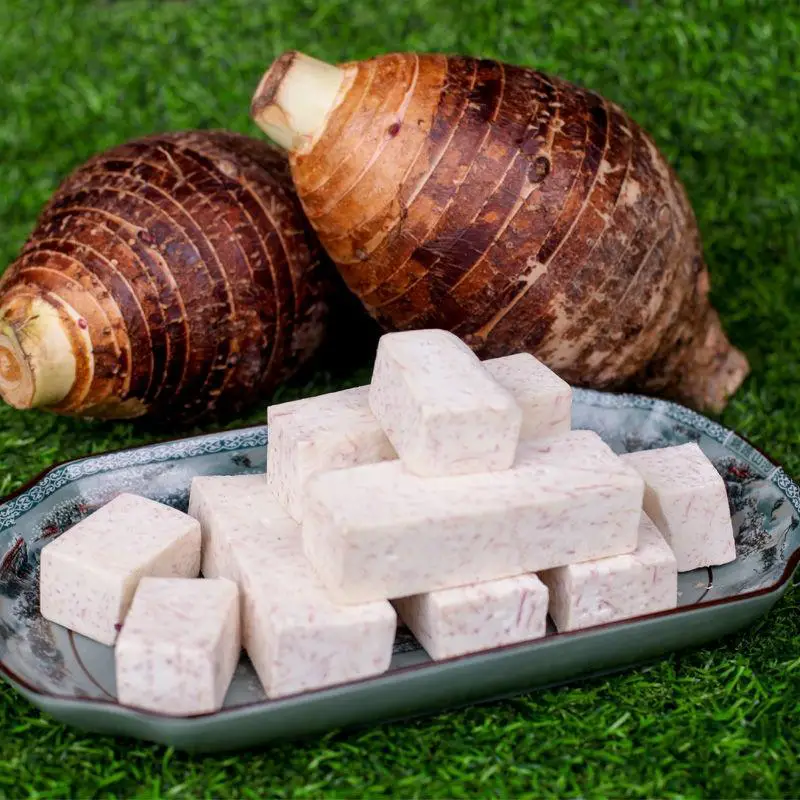
The skin is brown-grayish with a ring pattern, similar to a tree bark. The flesh is white to cream with light purple tiny dots. The color further changes to a more light purple color when processed.
Taste & Texture
Taro is naturally sweet with an earthy and nutty taste. It is similar to a potato because of its starchy texture. The moisture content is typically lower than that of a sweet potato.
How To Cook Taro
Taro is considered a healthier starchy substitute compared to other root vegetables such as potatoes. However, keep in mind that taro corms and leaves are poisonous in their raw form. Thus, you must wear food-safe gloves if you have this on hand in raw form.
You can cook taro the way you would with regular potatoes. It can be boiled, fried, baked, mashed, and many more. With taro, you can make steamed taro bun, taro sago dessert soup, and taro paste, to name a few.
What Is Sweet Potato?
Sweet potato (Ipomoea batatas) is a tuberous root plant that belongs to the morning glory family of flowering plants. It is quite similar to a regular potato and is often compared to yams in its darker form. Sweet potatoes are highly nutritious and rich in vitamin A and antioxidants.
Appearance

Sweet potatoes have a few varieties in color. You can find yellow, red, purple, and brown-skinned sweet potatoes. The flesh also has several shades, including white to yellow, orange to red, and purple.
Taste & Texture
Sweet potatoes are sweet-tasting with a hint of nutty and earthy flavors. It is also starchy with a bit of creamy texture when eaten. The texture can also be described as slightly stringy.
How To Cook Sweet Potato
You can leave the skin on or off with sweet potatoes. It can be baked, fried, boiled, or roasted. Once cooked and soft, it can be mashed and made into purées as well.
Sweet potatoes are often used for quesadillas, cakes, falafel, potato fries and wedges, and pies. You can make Mediterranean baked sweet potatoes, sweet potato and chicken curry, or roasted sweet potato and carrot soup. Swap regular potatoes with sweet potatoes and try my Salt And Pepper Potatoes recipe.
What Is Yam?
Yams are stem tubers that are often confused with sweet potatoes. It is important to note that they are two different tubers and yams are not a type of potato. Yams are perennial herbaceous vines that come from the plant family Dioscoreaceae. You can find different types of yam in the world, including white yam and yellow yam in Africa, purple yam in Southeast Asia, Chinese yam in China, and bitter yam in West Africa.
Appearance
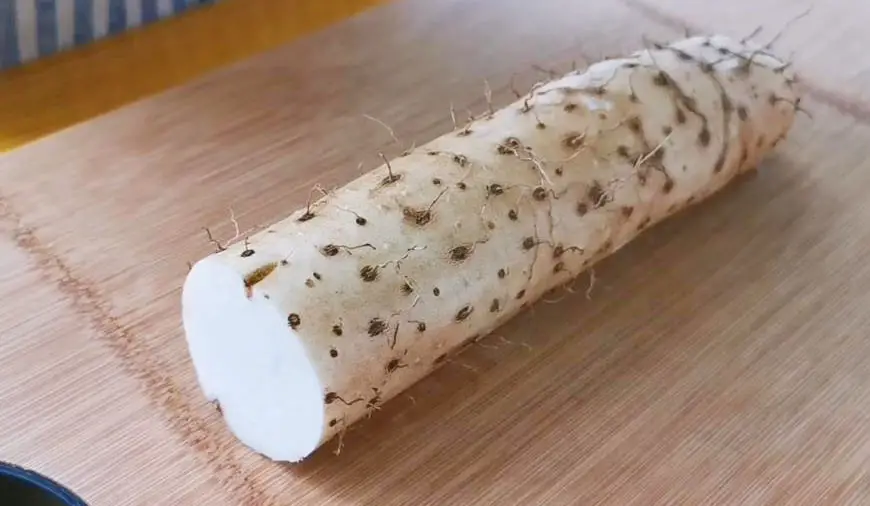
The skin is rough, textured, and dark brown, just like the bark of a tree. Its flesh is dry and pale to white in color. Although most yams have white flesh, you may also find purple and red.
Taste & Texture
It is earthy and starchy and often compared to a russet potato’s taste and texture. Due to its neutral taste, it can be used in a wide range of dishes. There is no natural sweetness to it, so it isn’t that sweet.
How To Cook Yam
You can cook yams with or without the skin. If you prefer to cook it with the skin, make sure it is thoroughly scrubbed and cleaned. After cooking the yams, you can then peel off the skin.
It is also recommended to soak it in water before frying since yams are dry. If you decide to boil it, you can check if it is tender by piercing its flesh with a fork and knife. It should be easy to pierce since it is soft and cooked.
With yams, you can make yam cake, baked or mashed yams, fries, Jamaican yellow yam stew, salad, candies, and roasted yams. It is worth mentioning that yams are often labeled as sweet potatoes, especially in the United States. So, you may find the “real” yams if you shop in the international section of grocery stores or local international supermarkets, unless you are already in a country that is abundant in yams.
What Is Yuca?
Yuca is also known as cassava or manioc. It is an edible tuber of the cassava plant, native to South America. Don’t confuse this with “yucca” as this is another type of plant in the Asparagaceae family.
This starchy vegetable is loaded with carbohydrates and has a low saturated fat content. Moreover, it is an excellent source of vitamin C and manganese.
Appearance
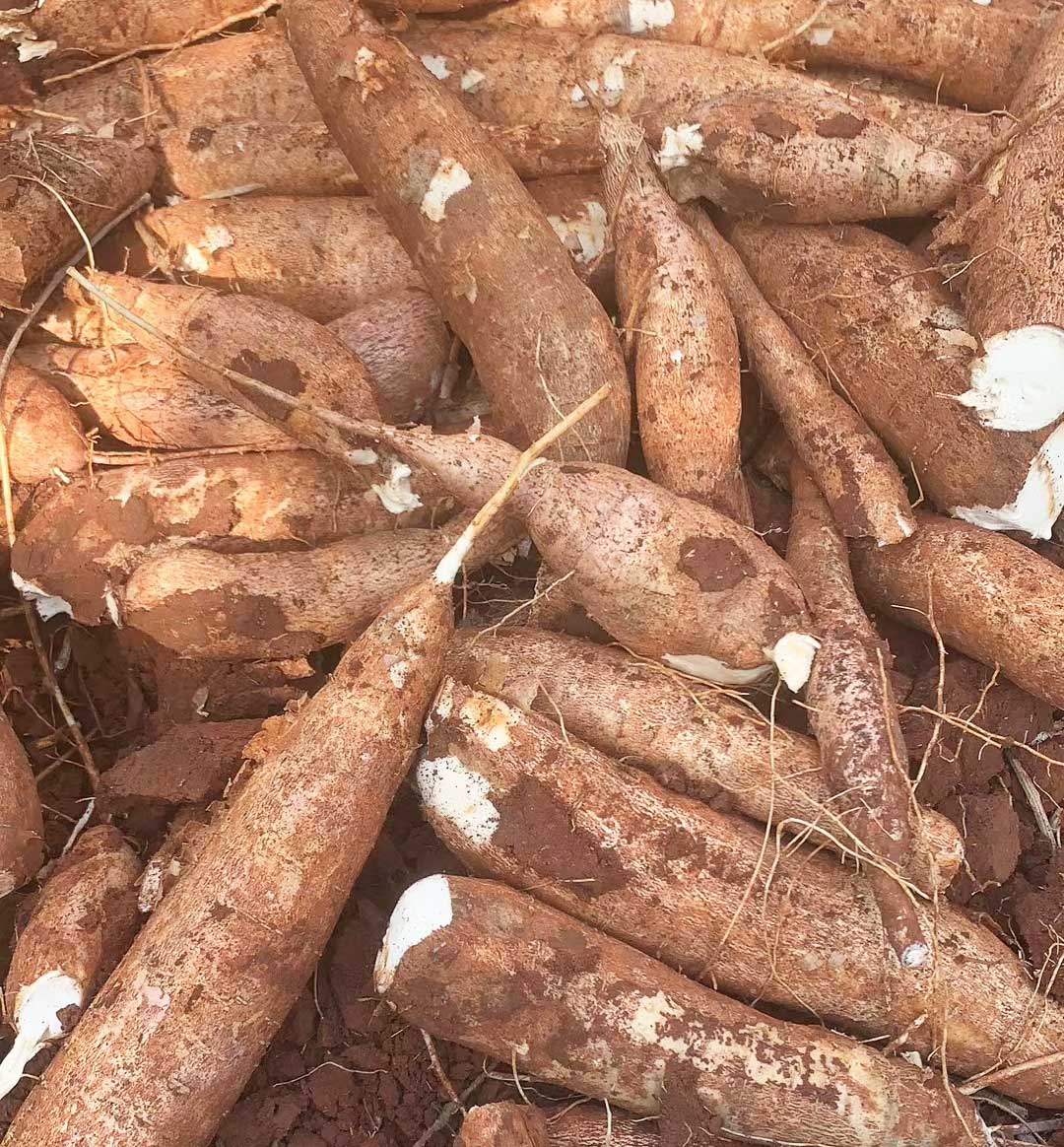
Yuca is a tapered elongated starchy vegetable. The skin is rough and dark brown with a bit of waxiness, while the flesh is pale white to yellow. Its flesh has a grainy texture, like a potato.
Taste & Texture
The taste is mild and sweet, with a hint of nuttiness. It has a starchy and dense texture that can create a chewy mouthfeel when eaten.
How To Cook Yuca
The skin of yuca is typically peeled and removed. You can remove the core and boil, bake, or fry until soft. Since yuca is quite dry, it is best to include a dipping sauce to go with it for added moisture. You can make yuca fries, salt-seasoned boiled yuca, yuca with garlic sauce, fritters, empanadas, chips, and many more.
Let’s Compare!
I created a table of comparison for each plant to help you quickly compare its skin, flesh, taste, and texture differences. Use this guide for a quick refresher on their similarities and differences.
Taro Vs Sweet Potato Vs Yam Vs Yuca
| Plant | Skin | Flesh | Taste | Texture |
| Taro | Brown-grayish with a ring pattern | White to cream with light purple tiny dots | Sweet with an earthy and nutty taste | Starchy |
| Sweet Potato | Yellow, red, purple, or brown | Yellow, orange to red, or purple | Sweet with an earthy and nutty taste | Starchy, creamy, and stringy |
| Yam | Rough, textured, and dark brown | Dry, pale to white, red, or purple | Neutral, earthy, no natural sweetness | Starchy and similar to russet potatoes |
| Yuca | Tapered, elongated, rough, dark brown, and waxy | Pale white to yellow, grainy | Mild, sweet, and with a hint of nuttiness | Starchy and dense |
Wrap Up
In a nutshell, all of these root vegetables are starchy but vary in terms of sweetness, earthiness, and nuttiness. You can probably say that sweet potatoes have the most colorful range of different variations. As for taro, yam, and yuca, these are usually in the range of brown skin color.
Have you tried any of these vegetables? How did you cook or eat them? Share your suggestions by commenting below. Join me on my journey to discover food facts by following me on Instagram and Tiktok.

